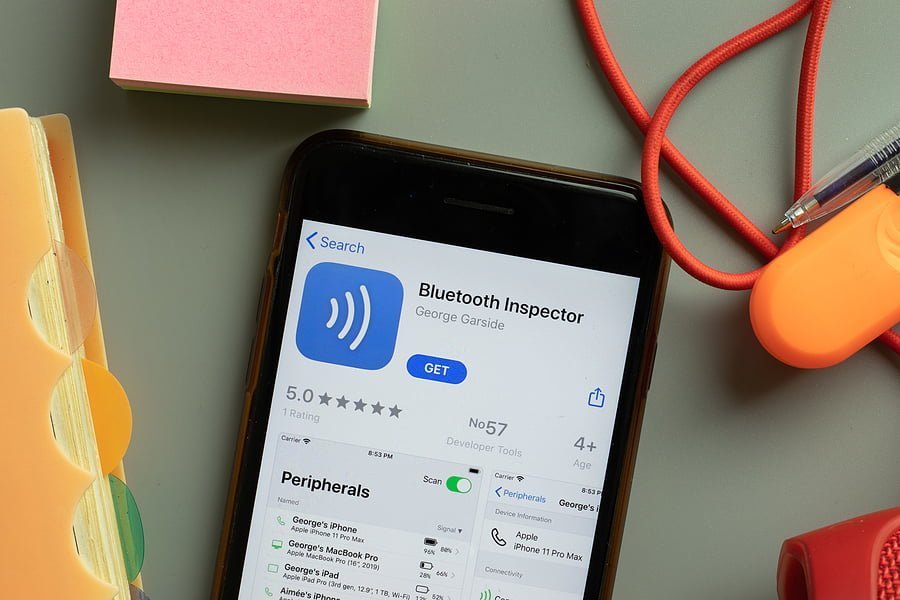Bluetooth is a versatile technology that allows the wireless transfer of data from one device to another that is available within reach of each other. These devices use a standard personal wireless network to make themselves function, being inexpensive and extremely easy to use.
Bluetooth was manufactured by a company named Ericsson in 1994.
Production and Frequency
The circuit board plan of Bluetooth gadgets uses radio frequencies. Bluetooth embraced the range of this frequency when it was perceived as a completely free band.
Bluetooth utilizes Frequency Hopping Technology (FHSS), which permits two electrical gadgets to be focused on a similar recurrence simultaneously.

Design of Bluetooth
Each device that uses Bluetooth is provided with a unique ID which is known as the Mac address. Bluetooth was specifically designed to not take up any energy.
The Device Modes of Bluetooth
- Standby: occurs when a device seems to work but does not respond to frequencies.
- Inquiry: When it sends another device a signal to connect.
- Connect: when a connection is formed
- Transmit: when the data is sharing
- Sniff: Low power mode
- Hold: when the connection is not used, the device holds off.
- Transfer Protocol Group: Helps devices keep track of each other.
- Intermediate Protocol: Uses industry standard protocol.
Applications of Bluetooth
Bluetooth can be used on any device. It transmits data in the quickest yet easy way. Moreover, it is friendly with almost every device formed these days.
- Bluetooth can help you establish a wireless network connection between devices in a small environment.
- Use it to build a wireless connection between computer inputs and outputs.
- Communicate with cars and phones.
- Connect mobile phones with headphones and speakers wirelessly.
- Nowadays, Bluetooth designs are low-cost and efficient. You can easily find different modules in the market that can be easily incorporated into any device.
- The best thing about Bluetooth design is it can be used in many IoT applications and electronic gadgets.

Advantages of Bluetooth
- Good data transmission rate
- There will be no wave interference
- Automatic and low consumption system
- Undermines limitations with wired systems
Versions
Its development from versions 1.1, 1.2, 1.3 to the 4th version has always looked toward upgrading and to pair with devices quickly and securely.
Conclusion
Bluetooth has been a great asset and is widely used by companies and among people to share data within two short-range devices. It is indeed a helpful technology and serves its purpose correctly. We have discussed its version, applications, and advantages so that you can learn everything about this technology.
